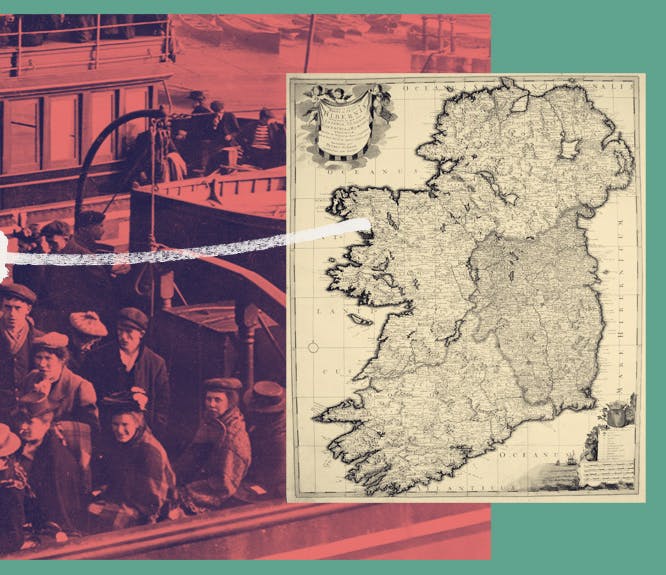The Representative Church Body Library (part two)
4-5 minute read
By The Findmypast Team | February 7, 2012
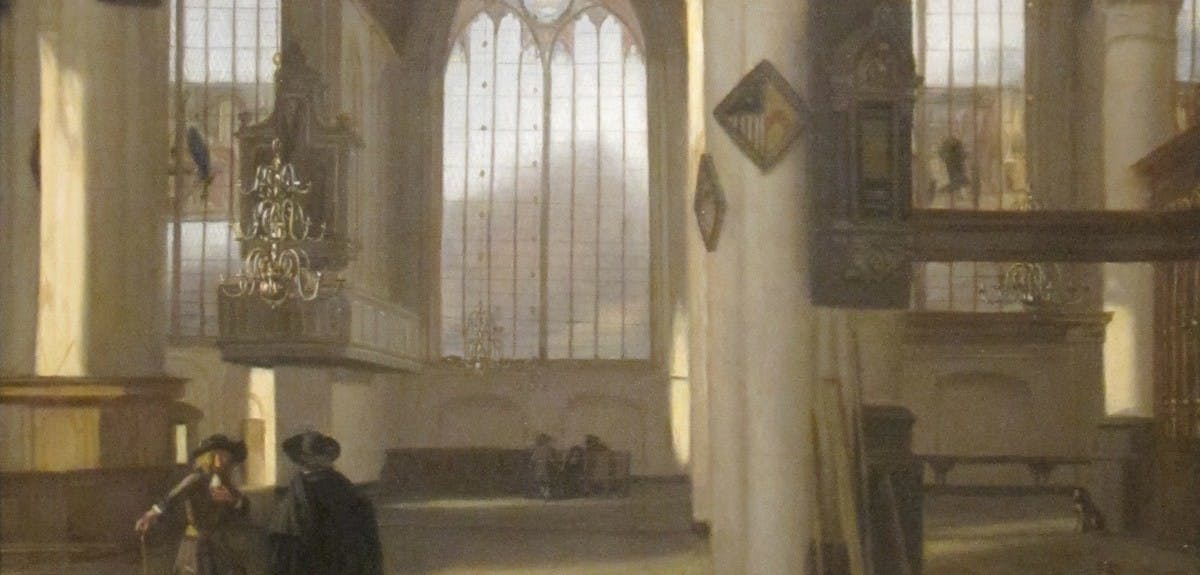
In part 2 of this two part post on the Representative Church Body Library (RCBL) Eneclann's Fiona Fitzsimons explains which records are of greatest use to those involved in genealogical research.
The RCBL is often over looked by genealogists engaged in Irish research, yet the library's collections offer a treasure trove of sources.
To assist the researcher in locating records, the RCBL are in the process of putting their catalogue online.
The main collections held in the RCBL can be broken into four main categories:
In this article I've set out those records which are of greatest use to those involved in genealogical research.
These include:
For the genealogist, the most widely used records are the registers of baptisms, marriages (including records of marriage banns) and burials created by the parishes and cathedrals. Although not widely appreciated, these registers frequently record details of Roman Catholics, Presbyterians and also Methodists, resident in the parish.
So for example, Presbyterian marriages up to 1782; Presbyterian 'mixed marriages' and marriages of Methodist couples up to 1845, can often be found in CoI registers. Most commonly, burial registers will often record all residents within the catchment area of a parish or cathedral, regardless of their religious denomination.
Another official records-set of particular value to the genealogist, are the Vestry records. In this context, the Vestry was the assembly of rate-payers in the parish. By the late 18th Century in Ireland, following the abolition of the Penal Laws, members of the Vestry would have included Dissenters and Roman Catholics who owned property or had business interests in the parish. Vestry Minutes Books will record the names of those active in carrying out the civil and religious business of the parish, but can also provide fabulous details about the decisions they made, with regard to the specific civil functions carried out by the parish – for example street-cleaning, the upkeep of church buildings, the provision of relief to the poor, or the care of foundlings. These records require time, and some knowledge of the historical times in order to extract all relevant details, but the information is rich in social history.
One of the Vestry's principle activities was to levy the parish cess, a local tax, to finance the upkeep of the parish. Where these cess records survive, they provide a census substitute, often for very extensive time-periods. For example, the parish cess for St Michans in Dublin city starts in 1711 and continues almost annually until 1835. In its coverage, it provides great detail of one of the most densely occupied city parishes, by street. (To get the full benefit of the material recorded in the St. Michan's Cess records, they should be used in conjunction with Rocque's 1756 map of Dublin).
A related source, the Tithe Applotment Books (TAB), were compiled in the 1820s and early 30s, in order to record the productive capacity of certain types of agricultural land in rural parishes. The information recorded in the TAB was then used to calculate the tithe payable towards the upkeep of the Established Church. Almost all of the Tithe records have been deposited in the National Archives of Ireland or the Public Records Office of Northern Ireland, although some few Tithe Applotment Books remain among parish records collections held in the RCBL.
Diocesan records offer a rich vein of sources for the genealogical researcher. The best known of these are the marriage and testamentary records of the consistorial (diocesan) courts. Marriage licence bonds were issued by the Established Church as an alternative to the public proclamation of banns three times in church. In Ireland right up to the mid 19th Century, Protestants of any substance, both rural and urban dwellers, were usually married by marriage license bond. As the Established Church, the Church of Ireland was also responsible for recording all probated wills, or in cases of intestacy, administration bonds. The 1858 Probate Act, transferred testamentary jurisdiction from the Church of Ireland to the civil authorities, and testamentary records previously held in the diocesan archives were transferred to the Public Records Office and destroyed there in 1922. However, in many instances, Diocesan Calendars of probate and administration survive, and a 'considerable amount' of material 'has been recovered from the collections of families, solicitors and genealogists.' The most complete index to what was 'recovered' after 1922 is the Eneclann publication now available on findmypast.ie: Index to Irish Wills 1484-1858.
Other Diocesan records which may contain genealogical evidence include the Subscription Rolls for the ordination of clergy, and spreading the net even wider, the licenses of parish officers. A personal favourite are the Visitation Books which will record:
In Ireland where so many early records are no longer extant, the surviving Visitation Books of the Diocese can provide a 'window' into the past.
The Established Church was also a big landowner, and like any landlord kept administrative records of its landed estates including rentals and maps of tenancy. Although most of these collections do not survive in their entirety, many of the leases would have been recorded in the Registry of Deeds. So if you know your ancestor lived on a Church of Ireland estate, you may still find a record of their lease holding(s).
The Cathedrals of the Established Church were similarly endowed, and produced extensive estate records, although only St. Patricks and Christchurch in Dublin, and St. Canice's in Kilkenny survive (almost) in their entirety and are held in the RCBL. Most other Cathedral estate records only survive in fragments. Again, if you know your ancestor was a tenant on a cathedral estate, the Registry of Deeds may record the actual leasehold.
For the genealogist, the most interesting and rewarding of these records are the research notes compiled from original documents in the Public Records Office, by clergy and laity with an antiquarian or historical bent. Most famously, Canon Leslie's clerical biographies and succession lists, only available in their entirety in the RCBL, are heavily used by researchers tracing individuals or families with clerical connections. Leslie also famously wrote histories of the parishes of Kilsaran (Castlebellingham) and Portadown, and also published on the parishes of Armagh Diocese. Other substantial collections of records deposited by laity include:
The records of primary interest to the genealogist include transcriptions of gravestones and memorials of churches; but also the Church of Ireland's own published list for its portrait collection. Inevitably, most portraits would have been made of the bishops and higher clergy.
Read part one, where Fiona Fitzsimons gives us some essential background information on the RCBL and its potential use in your Irish family history research
Related articles recommended for you
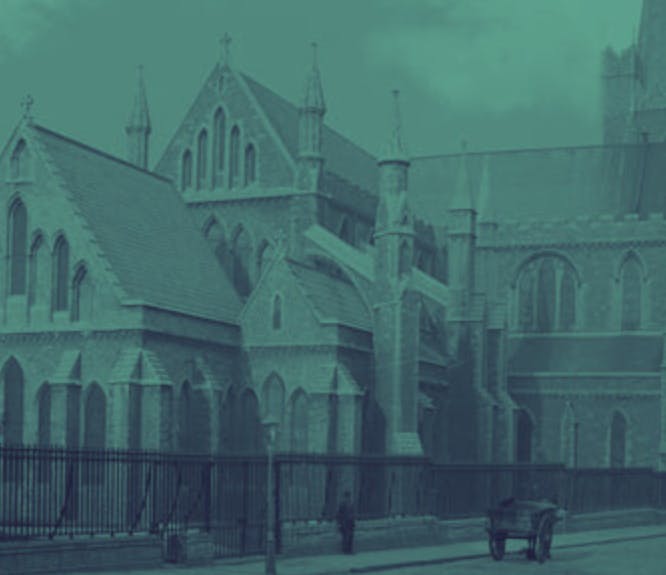
Irish family history and minority religions in Ireland
History Hub
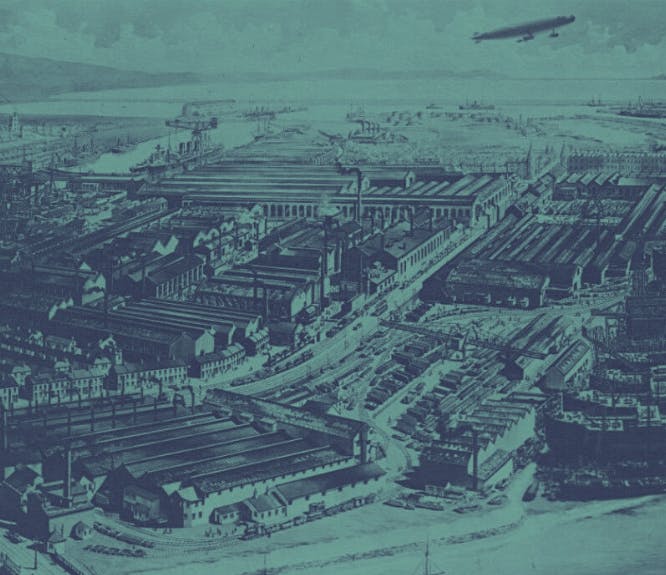
The history of the Barrow-in-Furness Shipyard
History Hub
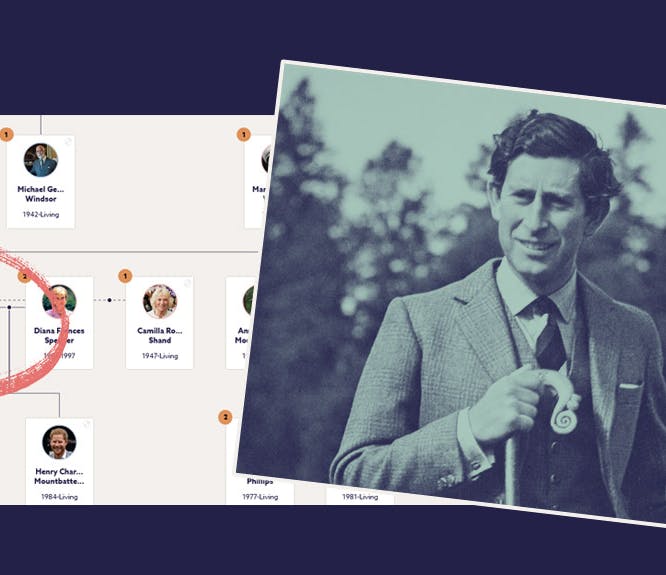
Who's who on King Charles III's family tree?
Build Your Family Tree
